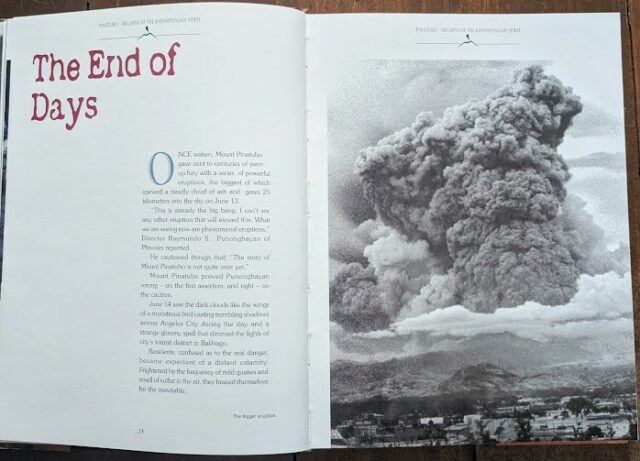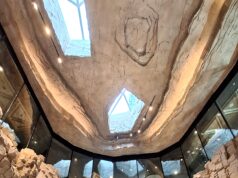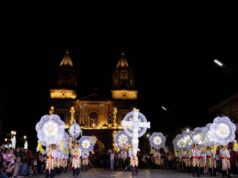“For posterity – that they who shall reap the rewards ever remember the trials, tribulations and triumph of their forebears.”
Thus, goes the dedication in our book Pinatubo: Triumph of the Kapampangan Spirit published in 2008 under the auspices of the San Fernando Heritage Foundation led by local magnate Levy P. Laus.
It is to posterity too that we reprint here our Pinatubo experience – at least the first few days of the eruption. This one written by the esteemed Ram Mercado in the said book.
ONCE WAKEN, Mount Pinatubo gave vent to centuries of pent-up fury with a series of powerful eruptions, the biggest of which spewed a deadly cloud of ash and gases 25 kilometers into the sky on June 13.
“That is already the big bang. I can’t see any other eruption that will exceed this. What we are seeing now are phenomenal eruptions,” Director Raymundo S. Punongbayan of Phivolcs reported.
He cautioned though that: “The story of Mount Pinatubo is not quite over yet.”
Mount Pinatubo proved Punongbayan wrong – on the first assertion, and right – on the caution.
June 14 saw the dark clouds like the wings of a monstrous bird casting trembling shadows across Angeles City during the day and a strange gloomy spell that dimmed the lights of the city’s tourist district in Balibago.
Residents, confused as to the real danger became expectant of a distant calamity. Frightened by the frequency of mild quakes and the smell of sulfur in the air, they braced themselves for the inevitable.
The people with foresight started to leave; the fearful began long prayers at home and inside churches; the ignorant, as usual the powerless, waited in trepidation, ready to accept anything, even danger and destruction in sordid acceptance.
That was how the Mount Pinatubo eruption of June 15, 1991 came to Pampanga: with deathly fear, unfathomable anxiety, and widespread confusion that only plagues, war and the other scourges of the Four Horsemen of the Apocalypse could have wreaked anywhere.
Like an epic, graphic accounts of the Great Eruption varied in their dramatic and incredible description. Real life narrations and first-hand experiences of those who remembered the event are reinvented in every retelling.
Newspapers of the day were unanimous on the congruent conclusion that the volcano had awakened from a 600-year slumber, with accurate forecast of vast devastation, widespread socio-economic dislocation, and a heavy toll from the volcanic fury.
At the Zambales side was a group of media workers who quoted witnesses who said the skies darkened momentarily after the volcano erupted in the early morning of 15 June.
Newsmen reporting from Clark said Mount Pinatubo vomited scorching volcanic material in a violent outburst, then acrid ashes and gases oozed out of the volcano’s active vents. Like the explosion of the first atom bomb in Hiroshima which was timed officially by the US military, the Philvocs placed the Great Eruption at 8:15 in the morning of 15 June 1991. And thereafter, day turned into the blackest of night.
A tropical storm spotted a distance away from Central Luzon as early as 10 June moved in for the “kill” after the major explosion and developed into a full-blown typhoon.
Thus Typhoon Diding blew volcanic ash around Central Luzon. It spread and swirled the debris up to Metro Manila, and as far away as several countries that affected air travel for some time.
The midday darkness, the rumblings of the volcano, frightening quakes and aftershocks, lightning and thunder, howling winds and a torrential rain of pumice stones as big as golf balls, mud and ash did indeed presage an apocalyptic end of days.





